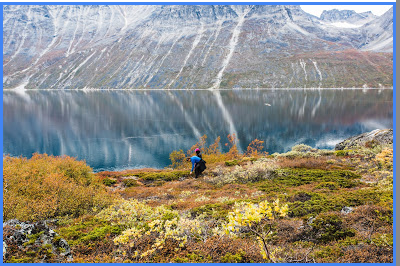Last time around, I emphasised that there was a "culture-involved talking around technology" issue bound up the discussion of Malthus, ecological collapse, and agricultural productivity in 1948. I could probably frame this in a satisfactorily academic way if I kept up with the literature better, but I'm only human, and, specifically, a human being who worked thirteen of the last fourteen days. Specifically, of course, this is a discussion of agricultural technology. Sorry, no jet fighters.
"Malthus" here, it seems to me, is, whatever else we make of him as an economic theorist, a way of saying "brown people upset me" without actually saying it. This is a tough thing to say, given that Malthus is also an economic theorist with horse sense to share about what "Hard Times" are, and how they come around. Which is good, considering that there's a tendency in economics to be objectively pro-Hard Times.
 |
| "Broke, baby sick and car trouble." By Dorothy Lange |
As you might guess, I'm playing with "Hard Times" as a synonym for "a business cycle depression," because I am referencing Stephen Foster's Hard Times Come Again No More. Because I am old, and do not do the Youtube thing very well, it was news to me that is now the iconic American air. But it is, and I am shoving that amazing fact in the face of fellow old people by embedding the orchestral version from Civilisation VI. Which I will play the moment they get rid of that off-putting, cartoonish art style.
I do, however, have a faintly logical argument for trying to rehistoricise the concept of a recession, here. After five years of following the business news of the 1940s, it is hardly any surprise that the Malthus/ecological catastrophe nexus that was explored at the American Association for the Advancement of Science is framed by "the Dust Bowl." When the crops failed and the soil flew across a vast area of the southern plains (and not the northern plains, so please try to dissociate "Kansas" and "Dust Bowl") "Hard Times" were forever defined and redefined in the American mind. It was not just the hardships of the actual Dust Bowl. It was also the fact that the "Okies" fled to California. It is taking all that I have to refrain from embedding either the intro to The Beverley Hillbillies or Al Jolson singing "California Here I Come," ideally in blackface, here. What a conjunction of American myth!
Myth is a powerful tool for integrating the past into a comprehensible narrative. I swear that Conan the Conqueror is a retelling of the 1934 California gubernatorial election, with Xaltotun standing in for Upton Sinclair and Conan for FDR. (Hoover only got to be Kull, which is why Kull is so lame.) I sense that this might be a hard argument to make, but it's something you can do with myth.






